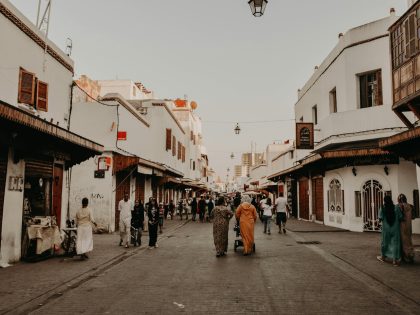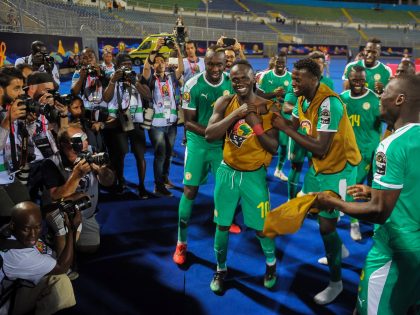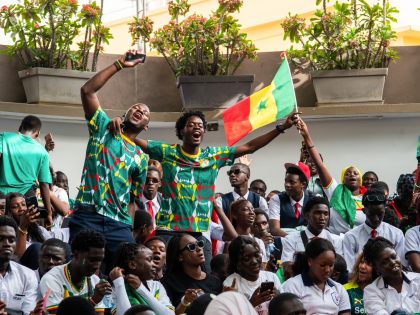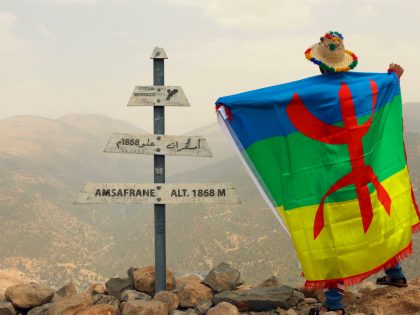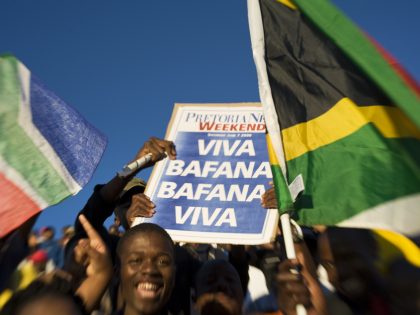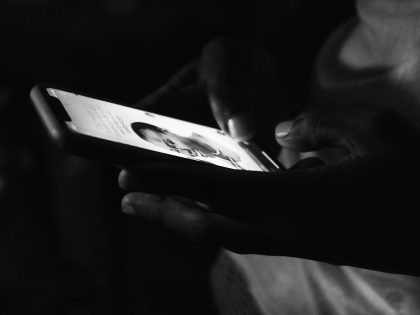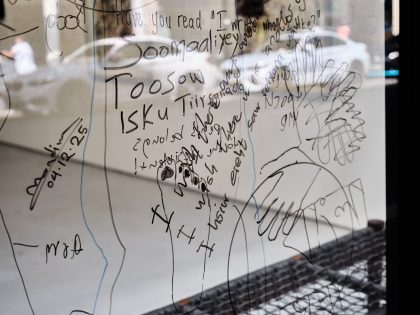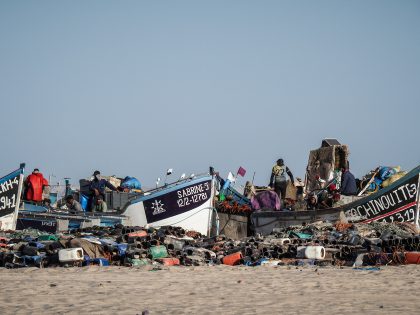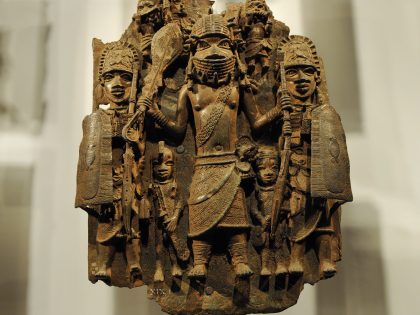Antiblack racism in Korea
Racist representations of Africans are common in South Korea. Where does it come from? Why do South Koreans behave this way?

On a street in Seoul, South Korea (Photo: Emmanuel Dyan, via Flickr CC).
Outsiders must have wondered about the extent of Korean racism when images of a campaign for a cigarette brand featured monkeys rolling tobacco “in Africa” as well as monkeys dressed as news reporters and declaring “Africa is coming!” (see above), went viral. The campaign was for a new brand, “This Africa,” by the South Korean Tobacco and Ginseng company (KT&G). The company later withdrew the ads, but only after the global backlash. But even before this episode there was some discussion about whether racism here is related to the historical idea of ‘one blood one race,’ that is at the root of Korean identity and nationalism or whether it imported. Racist representations are very common in the public sphere, particularly on TV, with blackface and other stereotypical depictions of black people, quite widespread. So, why do South Koreans behave this way?
One reason may be a misplaced (or erroneous) idea of ‘superior blood’ related to the national identity; an idea that has been discredited elsewhere. A second is that most of the TV programs are for Koreans and in Korean, and it seems to be quite acceptable to behave this way among their ‘own.’ TV programs as well as cigarettes ads such as ‘This Africa’ are intended for a national market, which translates into a 50 million-strong and almost entirely homogeneous South Korean population. Despite the existence of African studies in at least one university of the country, I have never heard anyone condemning this type of behavior or attitudes in public.
Knowledge of Africa is not considered essential in schools here or the career prospects of students. So, people simply have no idea about Africa, except that it is ‘black’, ‘very far’ and ‘primitive’. Even graduate students in history are not ashamed to describe Africa as ‘backward’, a place whose nature ‘is not spoilt because it is not civilized’, and that Africa has not contributed to the common human ‘civilization’, etcetera.
But Korean racism is also imported because South Korea has had no or little historical experience with Africa, Africans or with black people. Here the problem arises from the self-identification of the locals with ‘whiteness’ which in their minds is economically-based, among other things. So, if South Korea has a strong economy, it became part of the ‘white club’ and could espouse ‘white’ attitudes towards Black people (and others for that matter), but especially towards Africa because its economic underdevelopment is a constant reminder of ‘its backwardness’.
Being a part of the ‘white club’ entails adopting ‘developmentalist’ and ‘charitable’ attitudes towards Africa akin to that of other members of the ‘club’. Thus, it is quite common to see on South Korean TV pictures of starving black children and programs where local celebrities visit poor African communities and villages, all intended to collect donations for Africa.
The cigarettes advertising with images of the apes were only removed when South Korean bureaucrats realized that they were too visible and too public, that anyone–especially foreigners–could see them, and that this fact could affect the image and reputation of the country.
Otherwise, the ads did not seem to represent any problem for local people. The ad campaign was visible everywhere in the city of Seoul for almost two months with no public discussion or condemnation, and were removed with almost no noise except for the KT&G’s insistence on maintaining the image of baboons rolling tobacco leaves near African round huts on the packaging of the cigarettes.



